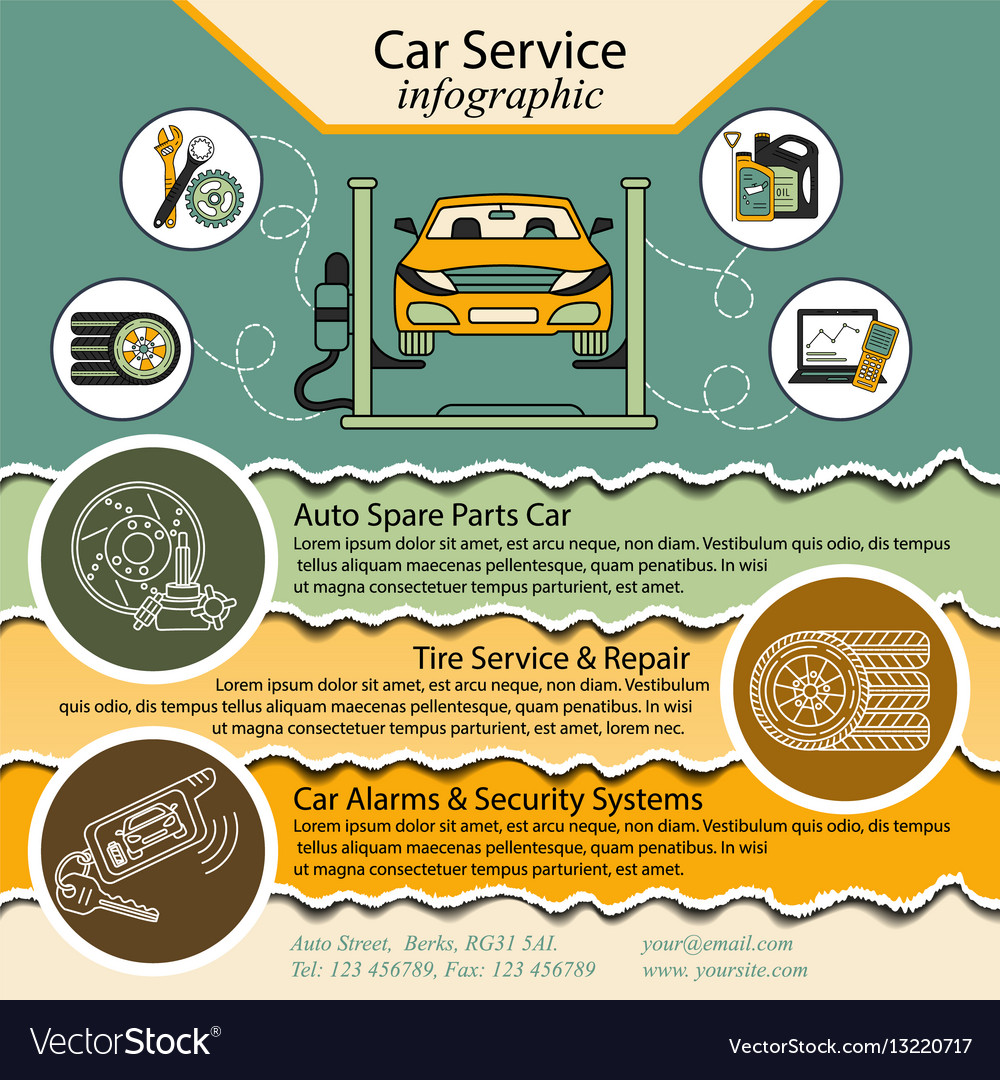Evaluating Your Automobile'S Caution Indicators: What They Actually Communicate
Evaluating Your Automobile'S Caution Indicators: What They Actually Communicate
Blog Article
Published By-Sykes Winters
When you lag the wheel, those beautiful warning lights on your dashboard can be a little bit perplexing. Do you know what they're trying to inform you concerning your auto's wellness? Recognizing the relevance of these lights is essential for your security and the durability of your lorry. So, the following time one of those lights pops up, wouldn't you intend to analyze its message accurately and take the necessary actions to resolve it?
Common Warning Lighting and Interpretations
Recognize typical caution lights in your car and recognize their significances to ensure secure driving.
One of the most normal warning lights include the check engine light, which signifies concerns with the engine or exhausts system. If this light comes on, it's important to have your car inspected without delay.
The oil stress alerting light shows low oil stress, calling for immediate focus to stop engine damages.
A blinking battery light might recommend a defective charging system, possibly leaving you stranded if not dealt with.
The tire pressure monitoring system (TPMS) light signals you to low tire pressure, affecting automobile security and gas performance. Overlooking this might lead to hazardous driving problems.
The ABS light suggests a problem with the anti-lock stopping system, jeopardizing your capability to stop promptly in emergency situations.
Finally, the coolant temperature level alerting light warns of engine overheating, which can result in extreme damage if not fixed quickly.
Comprehending these usual warning lights will assist you resolve concerns quickly and keep secure driving conditions.
Importance of Prompt Attention
Comprehending the common warning lights in your automobile is just the first step; the relevance of without delay attending to these warnings can't be highlighted sufficient to ensure your security when traveling.
When a caution light illuminates on your dashboard, it's your auto's means of connecting a potential problem that needs focus. Overlooking these warnings can lead to much more severe problems down the road, endangering your safety and possibly costing you more in repairs.
Motivate interest to warning lights can avoid failures and mishaps. For https://www.chattanoogan.com/2022/4/10/446930/East-Lake-Auto-Repair-Shop-Damaged-And.aspx , a blinking check engine light could show a misfire that, if left ignored, might cause damage to the catalytic converter. Resolving this without delay can conserve you from a costly repair work.
Likewise, a brake system advising light might signal reduced brake fluid or worn brake pads, essential elements for your safety and security when driving.
Do It Yourself Troubleshooting Tips
If you notice a caution light on your dashboard, there are a couple of do it yourself fixing tips you can try prior to seeking expert help.
The primary step is to consult your vehicle's manual to comprehend what the certain warning light indicates. In some cases the concern can be as straightforward as a loose gas cap triggering the check engine light. Tightening the gas cap might resolve the issue.
One more typical problem is a reduced battery, which can cause different cautioning lights. Inspecting the battery connections for deterioration and ensuring they're safe and secure could deal with the issue.
If a caution light continues, you can attempt resetting it by disconnecting the car's battery for a few minutes and after that reconnecting it. Additionally, examining https://brake-pads28406.blogitright.com/30074606/outlining-your-automobile-in-under-an-hour-a-basic-guide-for-beginners , such as oil, coolant, and brake liquid, can assist repair warning lights connected to these systems.
Verdict
To conclude, comprehending your auto's warning lights is crucial for maintaining your vehicle running smoothly and safely. By quickly attending to these notifies and recognizing what they mean, you can avoid costly repair work and potential break downs.
Remember to consult your car's handbook for particular details on each cautioning light and take action as necessary to make certain a trouble-free driving experience.
Keep educated, stay safe when driving!
